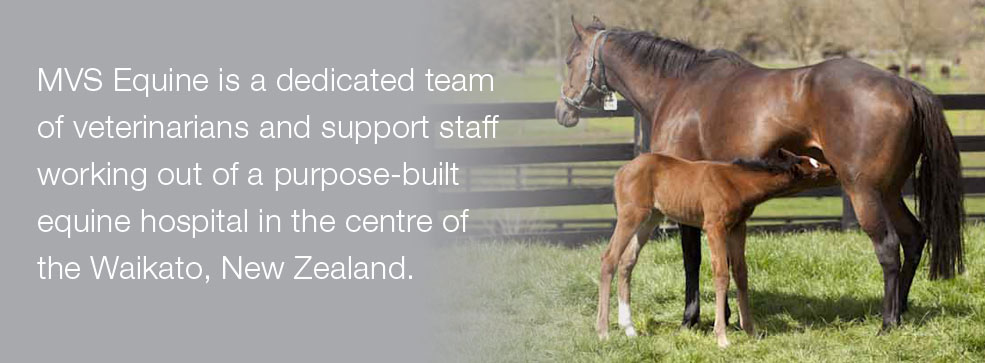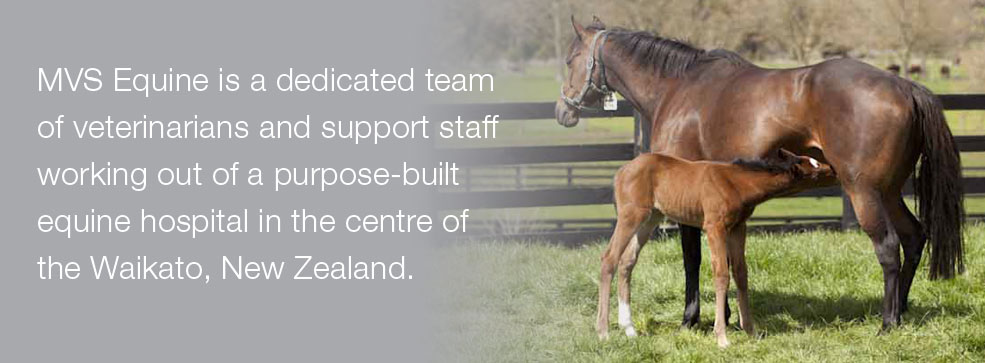Castration
Castration
November 21, 2011
Field castration is considered to be a routine procedure that is commonly carried out. As any owner who has castrated horses knows, there is also a very high complication rate (18-33%) associated with field castration. Both owners and veterinarians have accepted this as normal. It is not uncommon to revisit a horse a week after castration to re establish drainage and administer antibiotics. Every year we also deal with a handful of chronically infected wounds requiring surgery. The cost of treating complications is often many times the cost of the original castration.
In an attempt to decrease complication rates with field castration we have recently purchased a Henderson Tool and have had great success to date. A closed castration (tunic left over the testicle) incision is used and the testicle and cord exteriorised. The tool is clamped over the cord and the other end of the tool is then placed in the drill bit. Initial turns are made to form a ‘knot’ in the cord and then the speed is increased and traction is applied. This results in a very tight seal that has very little blood loss. This decreases post castration complications including swelling, haemorrhage, trauma and infection. Due to the tight seal there is less chance for infection to enter into the abdominal cavity. This technique is faster than traditional castration and therefore decreases anaesthetic times and risks as well.




